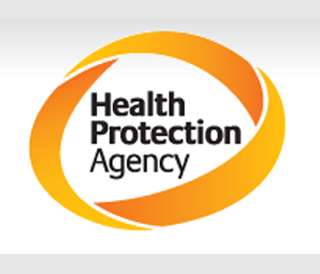
Along with rise in dengue cases, a 34 percent elevation in the number of chikungunya instances has also been registered. Cases of chikungunya reportedly increased from 59 cases in 2009 to 79 in 2010. And around 50 percent of these cases were purportedly associated with travel to India. Symptoms of both these infections may be sudden onset of a flu-like illness with fever, muscle pain, headache and a rash. In chikungunya joint pains can seemingly persist for several months.
“The mosquitoes that spread dengue and chikungunya bite in the day, compared with those that spread malaria which are mainly active from dusk to dawn. To minimize the risk of being bitten it is advisable to wear appropriate clothing to cover up – such as long sleeve tops and trousers – and use insect repellents. In areas where both malaria and these other mosquito borne illnesses co-exist, protection against mosquito bites should be used around the clock, including the use of mosquito nets at night,†remarked Dr Jane Jones, head of the HPA’s travel and migrant health section.
Since there appears no vaccine or drug to prevent or treat either disease, supportive care is the ultimate method to manage symptoms. It was suggested that anyone travelling to a tropical destination must take appropriate advice from a health professional or a travel health clinic at least 6-8 weeks before they travel. Hence, the probable risks can be averted.
The study findings may have profound implications in the health-section.
